Stirling researchers confirm chasm between perceived perils of farmed shrimp consumption and actual risks
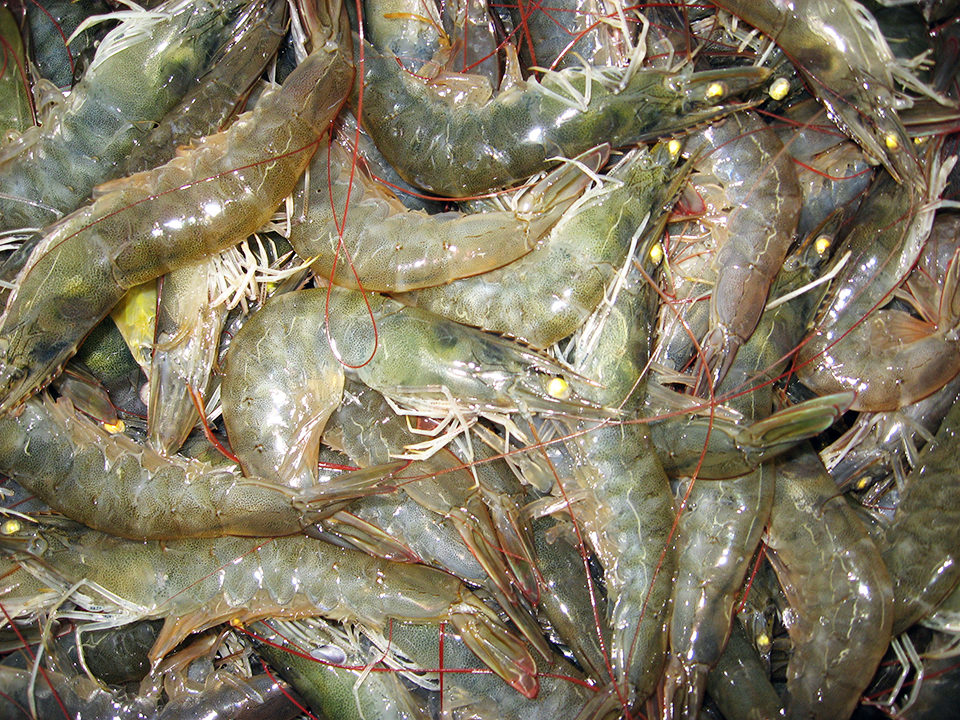
In terms of both global production and consumption, farmed warmwater shrimp is an aquaculture behemoth. Consequently, and led by the two bastion species of the sector – black tigers (Penaeus monodon) and Pacific whites (Litopenaeus vannamei) – it’s one of the most important traded seafood commodities in the world.
Yet despite its phenomenal popularity in the European market, many consumers continue to be wary of the ubiquitous product available in stores and restaurants. Some harbor concerns that the shrimp farming sector contributes to environmental and social degradation.
The negative perception of farmed shrimp among Europeans has been fueled by waves of destructive stories at all levels of media. Consequently, while the sector continues to receive heavy criticism for such impacts as mangrove destruction, soil and water contamination and labor abuses, its contribution to economic growth in poor regions of developing countries and the provision of employment and infrastructure generally passes unnoticed.
Another important message that’s failing to filter through is that farmed shrimp doesn’t pose the sort of toxicology risks that people think, finds new research conducted by the Institute of Aquaculture at the University of Stirling in Scotland.
Indeed, the study evidences that the unsafe-to-eat notion continues to thrive despite growing evidence to the contrary.
Right now, people don’t know what they want from a shrimp. That’s because of the stories that they’re being told.
Funded by the Europe-based Seafood Importers’ and Producers’ Alliance (SIPA), the “Assessment and communication of the toxicological risk of consuming shrimp in the EU” study acknowledges that while great strides have been made by shrimp producers to overcome the problem of contamination, the sector as a whole is still doing far too little to rectify largely ill-founded consumer perceptions. It confirms that the number of alerts from the bloc’s Rapid Alert System for Food and Feed (RASFF) have fallen dramatically, especially with regards to antimicrobials, additives and heavy metals, and this reduction is despite a significant increase in the volume of imports coming into EU member states.
“As shrimp has gotten more and more popular and the systems that are producing them have improved, the number of alerts per ton of products has dropped considerably; for some contaminants, it’s now much lower than for most wild-caught products,” said study lead Dr. Richard Newton.
Nevertheless, the research found that with so little information being made available by shrimp and aquaculture value chains, the public’s biggest source of reference is still the often outdated or factually incorrect information that’s readily available online, such as blogs and chatrooms.
“Internet sites tend to repeat an established narrative of negativity around farmed shrimp. They often have no evidence or references to support their claims and do not refer to any particular contaminants or the quantities which have been observed. They are therefore unrepresentative of the risk that is related to consuming shrimp,” the paper states, adding that while mainstream media has “demonstrated greater accuracy in portraying health risks relative to online media,” no article has ever reported the absolute risk in terms of the level of contamination and consequently how much shrimp can be safely consumed.
Complex sector
The research has strong echoes of a study conducted around four years ago by Wageningen University in the Netherlands, which focused on unbalanced media portrayals about the risks associated with eating Vietnamese pangasius. That report found that consumers could safely eat more pangasius per day than would be humanly possible.
There are, however, some important differences between the two sectors, said Newton.
“Whereas pangasius is an immediately identifiable product: Virtually all from one country, all from aquaculture, using very similar super-intensive production systems with very little variability, and with fewer and fewer individual companies producing it now, the shrimp sector comprises multiple countries, multiple scale, multiple species, multiple product forms, and also there’s farmed and wild which are sometimes poorly differentiated,” he said.
“It’s a very dynamic sector. Shrimp are grown in this ever-expanding range of systems and countries and they are not all being governed to the same level,” he added. “You also have countries where traceability is more of an issue. Places like Thailand have a very structured industry, providing traceability right through to the pond. And then there’s somewhere like Bangladesh where one consignment can comprise multiple batches from different farms. You have a huge traceability problem in countries like that.”
The very heterogeneity of the systems and the governance by countries makes for a complicated picture, explained the study’s co-author Professor David Little.
It’s also evidenced that in countries such as Thailand where the government has taken most of the control itself and where most systems are pretty intensive, the likelihood is that contamination is less of a concern, he said.
“Those twin issues of strong state governance together with intensification means that there’s a good deal of oversight into taking contaminants out,” said Little. “And pretty much all of the major processors of any country are very much aware of what the rules are.”
Charting a new course
While the paper doesn’t give shrimp farming a clean bill of health it recognizes that contaminants are still being found, albeit it much less frequently (it also says some contaminants are being exclusively found in wild shrimp). But the greater challenge, accepts Newton and Little, is how best to overcome the residual negativity that exists among consumers.
One way might be to create a national brand, and different countries will have different capacities to achieve such a measure, said Little.
“Because there are so many players doing it in so many different ways, what we really need is for people to stop thinking about shrimp as shrimp and to recognize that it is actually many products. For example, if you go to a tambak (brackish pond) in Indonesia, the Philippines or indeed Bangladesh, you are getting out an animal that is largely unfed and a totally natural product,” he said. “However, for the very reasons that this is possible – they go in extensive systems in relatively small quantities – it’s difficult to do due diligence for traceability on that product. Whereas if you want to go for your ‘broiler of the sea’ – shrimp produced at high density and fed complete feeds – you are going to get a very different product that may offer much higher levels of scrutiny and traceability, but they may not give you some of the other values.”
Another crucial message that needs to be much better shared is that overall, farmed shrimp has never been cheaper or safer to eat, he said, adding that rather than being reactive to bad stories, the value chains – from farm to shelf – should be creating positive stories themselves.
“We need to have better communication of the farming systems, to tell the stories behind the product to inform mainstream media and to communicate proactive messages directly on the web. Organizations can do a lot more to educate – not just consumers, but the foodservice and retail buyers also,” said Little.
The paper adds that while the aquaculture industry is poor at promoting the positive aspects of the sector, the research found that in some cases retailers do not promote farmed seafood to the same degree as they do with wild-caught products: “Some products may have little reference to it having been farmed but is referred to as ‘responsibly sourced.’ However, the evidence is that farmed products [are] at least as safe and healthy as wild products.”
Little suggested that certification schemes could also help with such a communications strategy.
“We’ve had a decade of people saying there are too many standards, and all of the main standards are getting more and more alike. It might not be such a bad thing if there was a bit more variety and that once the food safety element is covered, standards also communicate trust – confirming that the product really is what it says it is,” he said.
“Right now, people don’t know what they want from a shrimp. That’s because of the stories that they’re being told. But if enough people know that shrimp – if it’s grown in the way that Bangladesh does it, with very simple systems – is a wonderful, natural product, we will make progress.”
At the moment that narrative is not there, said Newton: “But if it was, it would go a long way to improving the image of shrimp.”
Follow the Advocate on Twitter @GAA_Advocate
Now that you've reached the end of the article ...
… please consider supporting GSA’s mission to advance responsible seafood practices through education, advocacy and third-party assurances. The Advocate aims to document the evolution of responsible seafood practices and share the expansive knowledge of our vast network of contributors.
By becoming a Global Seafood Alliance member, you’re ensuring that all of the pre-competitive work we do through member benefits, resources and events can continue. Individual membership costs just $50 a year.
Not a GSA member? Join us.
Author
-

Jason Holland
Jason Holland is a London-based writer for the international seafood, aquaculture and fisheries sectors. Jason has accrued more than 25 years’ experience as a B2B journalist, editor and communications consultant – a career that has taken him all over the world. He believes he found his true professional calling in 2004 when he started documenting the many facets of the international seafood industry, and particularly those enterprises and individuals bringing change to it.
Related Posts
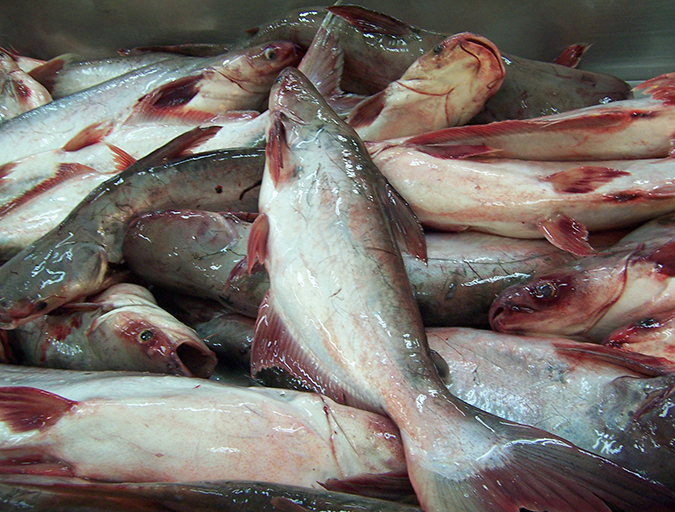
Intelligence
Risk v. hazard: A dispassionate look at pangasius
Vietnam’s pangasius industry captivated the global seafood industry, environmental organizations and the mass media. A scientific look at harmful substances detected in exported fillets and the reporting of the associated health risks through the media finds wide disparities.
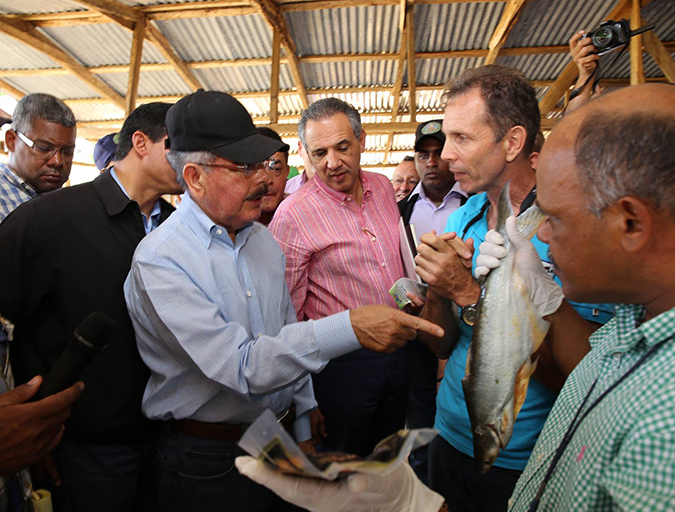
Innovation & Investment
Caribbean producer aims to make a name for sutchi
Pangasius farmed in the Dominican Republic? True story. Value Aquaculture, with partners hailing from Germany and Chile, is trying to get U.S. buyers to take a fresh look at the Mekong catfish species.
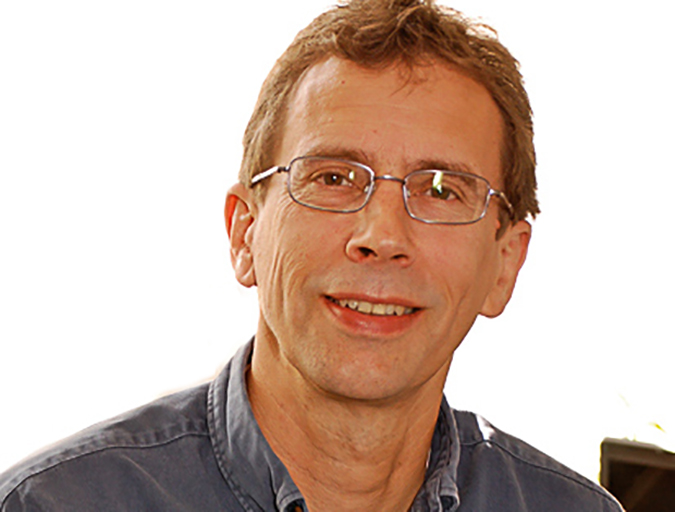
Innovation & Investment
Aquaculture Exchange: David Little, University of Stirling
David Little, professor at the University of Stirling in Scotland, tells the Advocate about the rapid evolution of the aquaculture industry in Southeast Asia — where he made his home for many years — and discusses the role of academia in ushering in new eras of innovation.
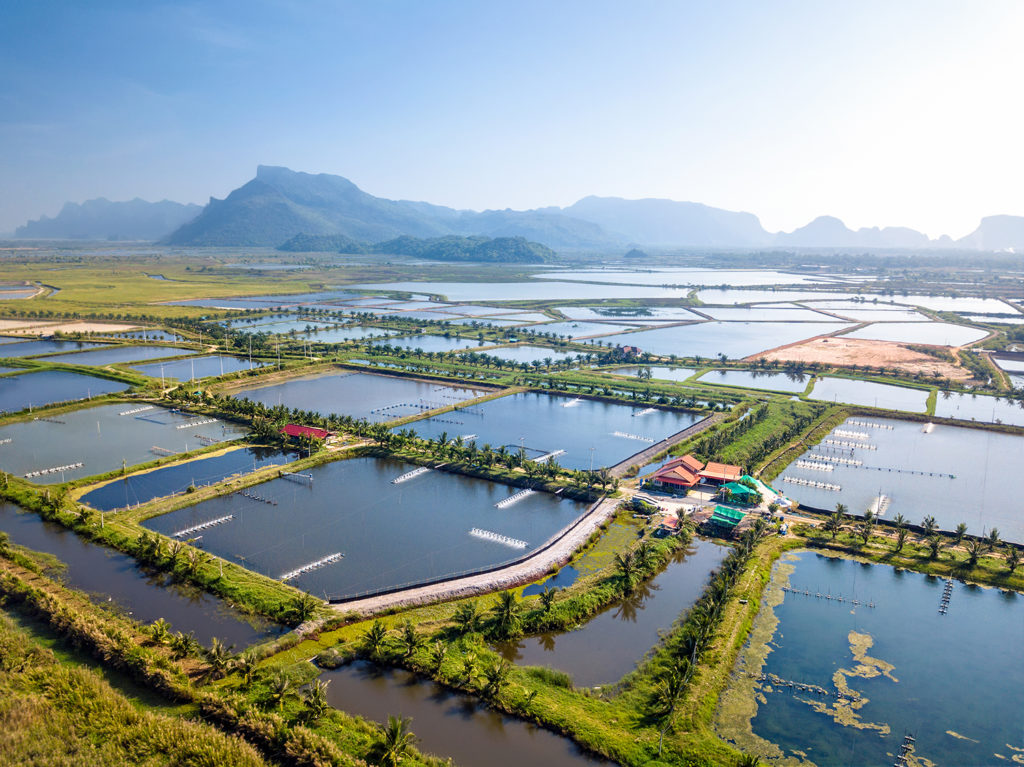
Intelligence
Current sustainable seafood delivery models challenged
Simon Bush, environmental policy professor at Wageningen University, and his colleagues say the sustainable seafood movement often lacks accountability and support the role of an aggregator like GSSI.


